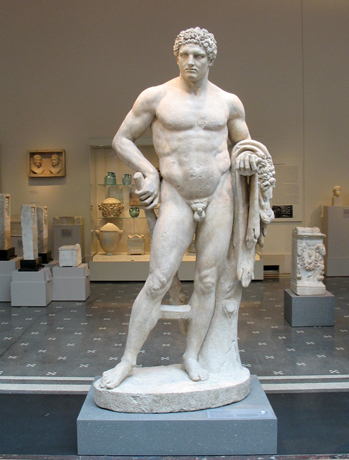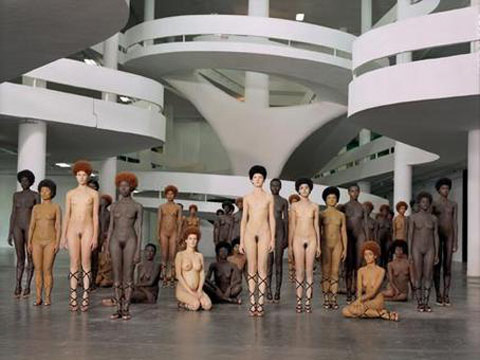During the thanksgiving break I visited the Metropolitan Museum of Art in New York City. I have visited many different museums in the New York City area but never made it to the Metropolitan Museum. I found that the museum had an array of different types of art. They had sculptures, paintings and photos from different parts of the world and different time periods. The different cultures and styles from different parts of the world really showed in the different art pieces that they were displaying.
One exhibit that I particularly like was the Greek and Roman artwork gallery. As a history minor and someone that enjoys history I found the pieces very interesting to look at. Greek and Roman artists, similar to those of the Renaissance, strafed to create the perfect human form and this made their pieces, especially sculptures very realistic. The human sculptures were very realistic and full of detail that made them almost lifelike. Even the smaller pieces had a lot of detail in them, which made the very realistic and you can clearly see what the artist was trying to depict. The paintings and murals in the exhibit demonstrated the same sort of level of detail. When looking at them you could imagine what it would have been like being back in ancient Greece or Rome.


Another exhibit that I particularly liked was the Japanese Samurai artwork that was on display. The same sort of historical element found in the Greek and Roman exhibit made me interested in viewing the pieces found in the exhibit. It is interesting to see how the warrior culture of the samurai integrated artwork and symbolism into their armor and weapons. The samurai sword itself is a work of artwork. If you didn’t know its blade is made of one piece of metal that is folded over and over to create the strong blade. This took a lot of skill and you could see that in the blades on display. The other pieces that I found interesting was the sets of armor and helmets on display. Some of the helmets had different elements integrated into them to make them personalized as well as functional.


Another piece I went to see was the annual Christmas tree that they had put up. It wasn’t just a tree but instead had the nativity scene at its base with tons of angels among the tree’s branches. I found it really beautiful and reminded me of the origins of Christmas. I could only imagine having that sort of piece in my house around Christmas time.

Another one of the other exhibits that I would also like to mention was these photographs taken of different pieces of china from Vienna. These photographs highlighted how artwork could be intertwined into things people have in there home. These lavish and detailed pieces showed how artwork could be both functional and beautiful. These pieces showed an attention to detail as even the small pieces had a lot of detail, which takes a lot of skill to do.












